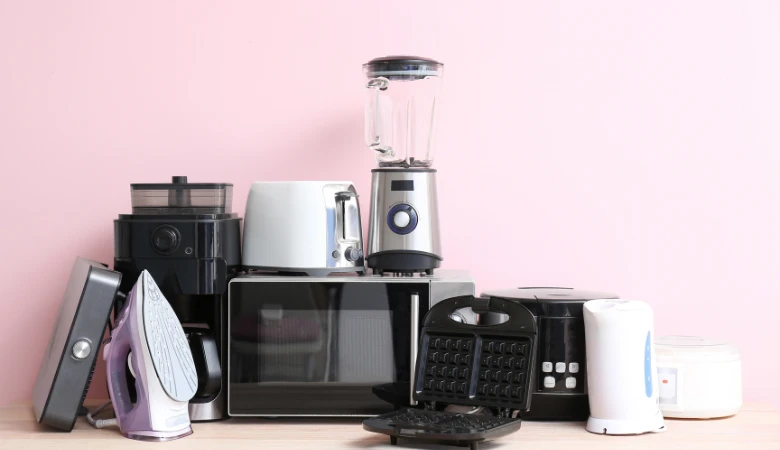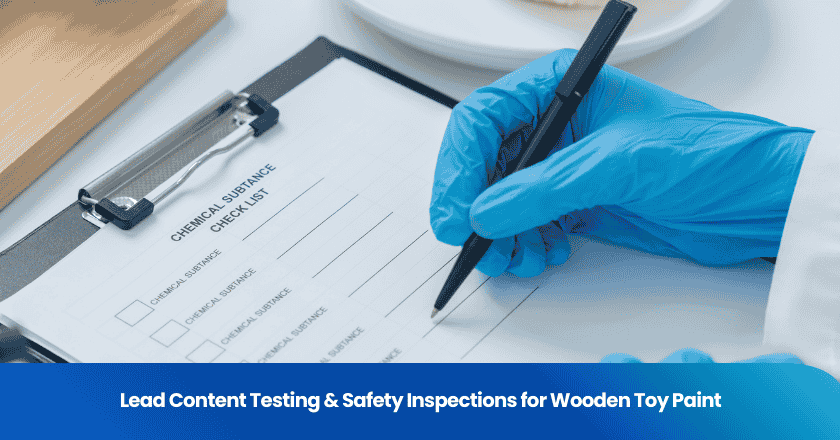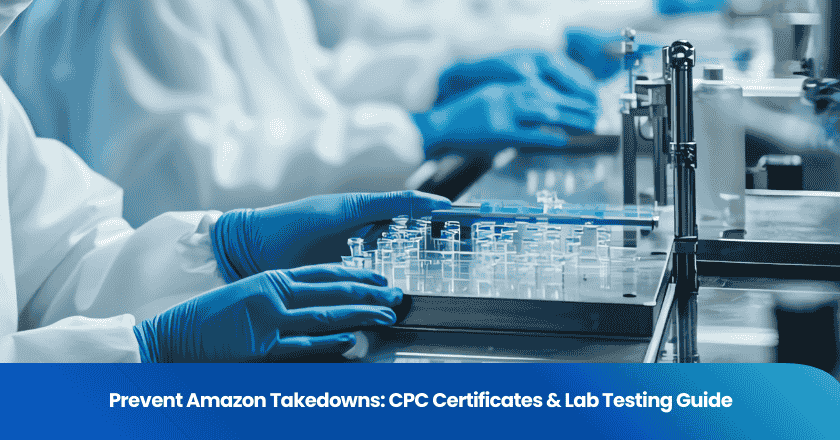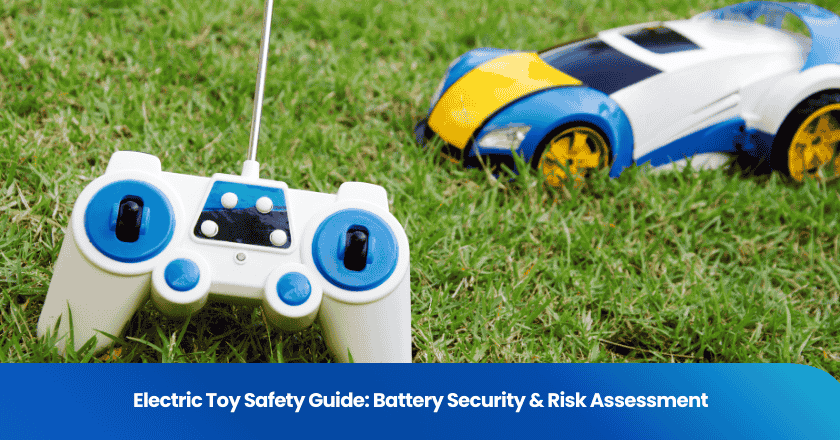
Home appliances quality control china relies on a combination of inspection, audits, and rigorous lab testing. International buyers face significant risks when they overlook quality in appliances sourced from China. Thorough inspection at every production stage helps identify defects early and ensures compliance with international standards. Reliable home appliances quality control china processes protect buyers from costly recalls and safeguard brand reputation. Consistent quality inspection and testing remain essential for delivering safe, high-performing appliances.
Key Takeaways
• Thorough quality control in China prevents defects, safety hazards, and costly recalls in home appliances.
• Inspections at pre-production, in-process, and final stages catch problems early and ensure compliance with standards.
• Factory audits and lab testing verify manufacturers’ quality systems and product safety before shipment.
• Clear communication and detailed product specifications reduce errors and improve supplier cooperation.
• Choosing experienced, accredited quality partners and using third-party services build trust and ensure reliable products.
Importance of Quality Control
Risks
Neglecting quality control in home appliance manufacturing can lead to serious consequences. Defective products may reach consumers, causing safety hazards or even injuries. Regulatory authorities may recall non-compliant appliances, resulting in financial losses and damaged reputations. International buyers often face shipment delays when products fail to meet destination country standards. Inconsistent product performance can also erode customer trust and reduce repeat business.
Tip: Early detection of defects through systematic inspections helps prevent costly recalls and legal issues.
Manufacturers in China sometimes use substandard materials or components to reduce costs. Without strict oversight, these practices can compromise the durability and safety of appliances. Counterfeit parts may enter the supply chain, increasing the risk of malfunction. Poor communication between buyers and suppliers can also result in misunderstandings about product requirements, leading to unsatisfactory outcomes.
Benefits
Implementing robust quality control measures offers significant advantages for both buyers and manufacturers. Consistent inspections and testing ensure that appliances meet international safety and performance standards. Reliable quality processes help companies avoid regulatory penalties and maintain access to global markets. High-quality products enhance customer satisfaction and foster brand loyalty.
• Improved product reliability reduces warranty claims and after-sales service costs.
• Compliance with certifications such as UL or CE opens doors to new business opportunities.
• Transparent quality control builds trust between buyers and suppliers, supporting long-term partnerships.
A focus on quality also encourages continuous improvement within manufacturing operations. Teams identify root causes of defects and implement corrective actions, leading to better efficiency and reduced waste. Ultimately, strong quality control protects both consumers and businesses from unnecessary risks.
Home Appliances Quality Control China
Quality Inspection
Quality inspection forms the backbone of home appliances quality control china. Inspectors conduct checks at three critical stages: pre-production, in-process, and final inspection. Pre-production inspection verifies raw materials and components before assembly begins. In-process inspection monitors assembly lines to catch defects early. Final inspection ensures finished appliances meet appearance, safety, and performance criteria.
Inspectors use detailed checklists based on national standards and international requirements. They examine electrical safety, mechanical integrity, and product labeling. Inspection teams often include third-party agencies that provide unbiased results. These agencies help buyers in china confirm that appliances comply with both local and export regulations.
Note: Consistent inspection at every stage reduces the risk of defective appliances reaching the market.
Factory Audits
Factory audits play a vital role in home appliances quality control china. Auditors evaluate a manufacturer’s quality management system, production capacity, and compliance with certification requirements. They review documentation, interview staff, and observe production processes. Audits help identify gaps in quality control and ensure that factories follow national standards.
Third-party auditors often conduct these assessments. They check for compliance with compulsory product certification and mandatory product certification schemes. Auditors also verify the presence of a ccc certificate and ccc label, which are required for many appliances sold in china. These steps protect buyers from unreliable suppliers and reduce the risk of non-compliant products.
A typical audit covers:
• Quality management systems
• Equipment maintenance
• Staff training
• Traceability of materials
• Adherence to testing requirements
Lab Testing
Lab testing ensures that appliances meet strict safety and performance standards. Accredited laboratories perform a range of tests, including functional testing, electrical safety, and durability assessments. Testing verifies that appliances comply with certification programs such as UL, CE, and the compulsory product certification system in china.
National testing centers and third-party labs play a key role in this process. They issue test reports that buyers can use to demonstrate compliance with international and national standards. Testing also helps manufacturers identify design flaws and improve product reliability.
Common types of lab testing include:
• Electrical insulation and leakage current tests
• Mechanical strength and drop tests
• Endurance and environmental testing
Certification remains essential for market access. Appliances must pass all required tests to obtain a ccc certificate and display the ccc label. This process confirms that products meet the national standards and testing requirements for safety and performance.
Tip: Always request official test reports and certification documents before shipping appliances.
Challenges in China
Manufacturer Variability
Manufacturers in China show significant differences in their production capabilities and quality management. Some factories invest in advanced equipment and skilled workers. Others may rely on outdated machinery or lack proper training. This variability can lead to inconsistent product quality. Buyers often find that one batch of appliances meets expectations, while the next batch falls short. Regular audits and inspections help identify reliable partners and reduce risks.
Communication Issues
Clear communication remains a challenge when sourcing home appliances from China. Language barriers and cultural differences can cause misunderstandings about product requirements or specifications. Sometimes, technical terms do not translate well, leading to errors in production. Buyers should use detailed documentation, diagrams, and photos to clarify expectations. Frequent updates and feedback also help prevent costly mistakes.
Tip: Use simple language and visual aids to bridge communication gaps with suppliers.
Counterfeit Parts
Counterfeit parts pose a serious risk in the home appliance supply chain. Unscrupulous suppliers may substitute genuine components with lower-quality imitations to cut costs. These parts can fail prematurely or create safety hazards for end users. Third-party inspections and random sampling help detect counterfeit materials before products leave the factory. Buyers should request traceability records for critical components.
Standards Gaps
Not all manufacturers in China follow the same quality or safety standards. Some factories may lack awareness of international requirements or choose to ignore them. This gap can result in appliances that do not meet export regulations or customer expectations. Buyers must verify that suppliers understand and comply with relevant standards. Independent testing and certification provide extra assurance of product safety and performance.
Best Practices
Supplier Audits
Supplier audits help buyers identify reliable partners in China. Auditors visit factories to review quality management systems and production processes. They check for compliance with required certification and ensure that suppliers follow proper procedures. Audits often include document reviews, staff interviews, and on-site observation. This process uncovers potential risks before production begins.
Tip: Schedule regular audits to maintain consistent quality and reduce surprises during final inspection.
Third-Party Services
Third-party services play a crucial role in home appliances quality control. Independent agencies conduct inspection and testing at different production stages. These agencies provide unbiased reports on product quality, safety, and compliance. They also verify that products meet international certification standards. Many buyers rely on third-party testing to confirm that appliances pass all required certification before shipment.
A table below summarizes key third-party services:
| Service Type | Purpose |
|---|---|
| Inspection | Detect defects early |
| Testing | Verify safety and performance |
| Certification review | Ensure regulatory compliance |
Product Specifications
Clear product specifications set the foundation for quality control. Buyers should provide detailed requirements for materials, dimensions, and performance. Specifications must reference relevant certification and testing standards. Visual aids, such as diagrams or photos, help suppliers understand expectations. Precise documentation reduces the risk of errors during production and inspection.
Ongoing Monitoring
Ongoing monitoring ensures that quality remains consistent over time. Buyers should implement regular testing and inspection throughout the production cycle. Continuous oversight helps detect issues early and supports corrective actions. Monitoring also verifies that suppliers maintain certification and adapt to any changes in standards.
Note: Consistent monitoring builds trust and supports long-term supplier relationships.
Choosing a Quality Partner
Selection Criteria
Selecting a reliable quality control partner in China requires careful consideration. Buyers should look for partners with proven expertise in home appliance inspections and testing. Experience in the industry signals a deep understanding of product requirements and regulatory standards. A strong partner maintains accreditation from recognized organizations and demonstrates compliance with international testing protocols.
Key criteria include:
• Technical Competence: The partner should employ qualified inspectors and engineers. They must understand the specific standards for home appliances.
• Accreditation: Look for certifications from reputable bodies. Accreditation ensures that the partner follows strict procedures.
• Transparency: Reliable partners provide clear reports and open communication. They share inspection findings and testing results without delay.
• Coverage: The partner should offer services across major manufacturing regions in China. Wide coverage allows for flexible scheduling and faster response times.
• Reputation: Positive feedback from other buyers indicates consistent performance.
Tip: Request sample reports to evaluate the partner’s reporting style and attention to detail.
Evaluation Tips
Evaluating a potential quality control partner involves more than reviewing credentials. Buyers should conduct interviews with the team to assess communication skills and responsiveness. Site visits help verify the partner’s facilities and operational capabilities.
A simple evaluation checklist:
1. Review sample inspection and testing reports.
2. Confirm the partner’s accreditation status.
3. Interview key staff to gauge expertise.
4. Visit the partner’s office or laboratory.
5. Check references from previous clients.
A table can help compare multiple candidates:
| Criteria | Partner A | Partner B | Partner C |
|---|---|---|---|
| Accreditation | Yes | Yes | No |
| Industry Focus | Appliances | General | Appliances |
| Report Quality | High | Medium | Low |
| Client Feedback | Positive | Mixed | Negative |
Note: Consistent evaluation and clear communication help buyers build strong partnerships and ensure product quality.
Case Studies
Success Example
A European retailer sourced electric kettles from a factory in southern China. The buyer implemented a strict quality control process. The team conducted pre-production inspections to check raw materials. In-process inspections monitored assembly lines for defects. Final inspections verified safety and performance. The buyer also required third-party lab testing for electrical safety and durability.
The factory passed all audits and maintained clear communication with the buyer. The supplier provided detailed test reports and certification documents. The retailer received the shipment on time. All products met international standards and passed customs checks without issues.
Customers reported high satisfaction with the kettles. The retailer saw a reduction in warranty claims and positive feedback increased. The successful partnership led to repeat orders and a long-term business relationship.
Failure Example
An importer in North America ordered a batch of air purifiers from a new supplier in China. The importer skipped pre-production inspections and relied only on the supplier’s internal checks. The factory used lower-grade filters to cut costs. No third-party testing took place before shipment.
When the products arrived, customs officials flagged the shipment for missing certification. Several units failed safety tests and did not meet local regulations. The importer faced shipment delays and extra costs for re-testing. Customers who received the products complained about poor performance and short lifespan.
The importer had to recall the batch and suffered financial losses. The incident damaged the company’s reputation and led to stricter quality control measures for future orders.
These examples highlight the importance of robust quality control processes and the risks of neglecting them in home appliance sourcing from China.
Effective quality control in China protects buyers and consumers from risks associated with appliances. Proactive management and strict compliance with standards ensure that appliances meet safety and performance requirements. Buyers should conduct regular inspections, request lab testing, and maintain clear communication with suppliers. Ongoing diligence and strong partnerships with quality control providers help deliver reliable appliances to global markets.
FAQ
What are the main types of inspections for home appliances in China?
Inspectors perform pre-production, in-process, and final inspections. Each stage checks different aspects, such as materials, assembly quality, and finished product safety. These steps help ensure appliances meet international standards.
How do buyers verify appliance certifications from Chinese factories?
Buyers request official test reports and certification documents, such as UL, CE, or CCC certificates. Third-party agencies and national testing centers issue these documents after thorough lab testing and compliance checks.
Why do international buyers use third-party inspection services?
Third-party inspection services provide unbiased quality assessments. They help buyers detect defects, confirm compliance, and reduce risks. These agencies also offer expertise in international standards and local regulations.
What should buyers include in product specifications?
Buyers should list material requirements, dimensions, performance criteria, and relevant testing standards. Diagrams and photos help clarify expectations. Clear specifications reduce misunderstandings and improve product quality.
How can buyers prevent counterfeit parts in the supply chain?
Buyers request traceability records for critical components. Random sampling and third-party inspections help detect counterfeit materials. Regular audits and supplier evaluations further reduce the risk of counterfeit parts entering production.
Grow your business with TradeAider Service
Click the button below to directly enter the TradeAider Service System. The simple steps from booking and payment to receiving reports are easy to operate.



